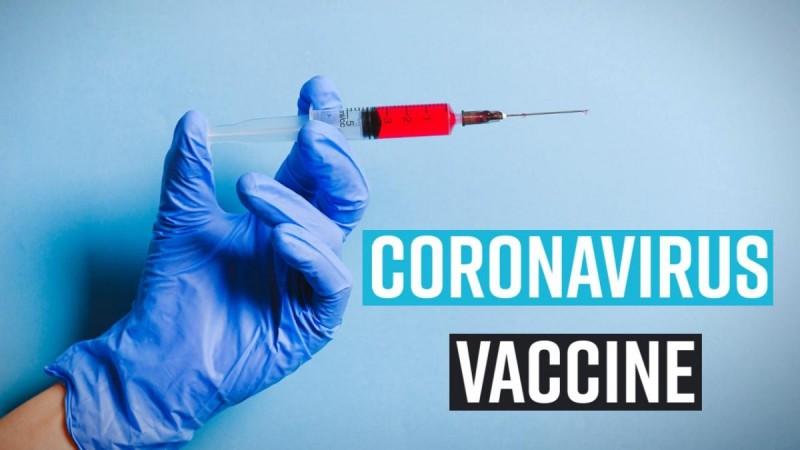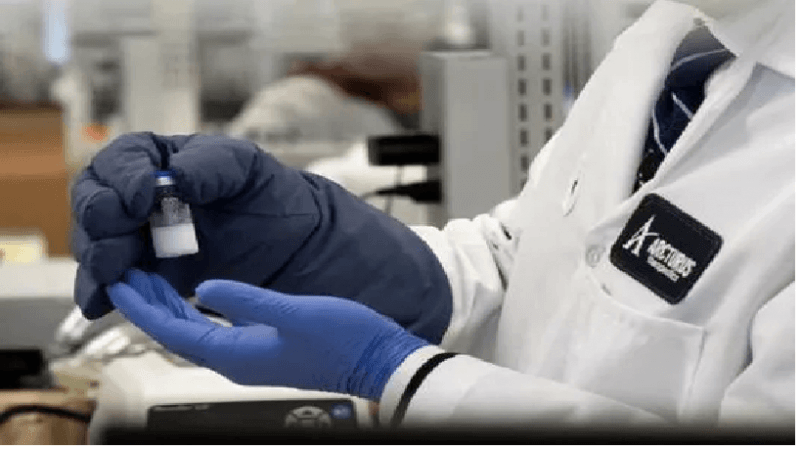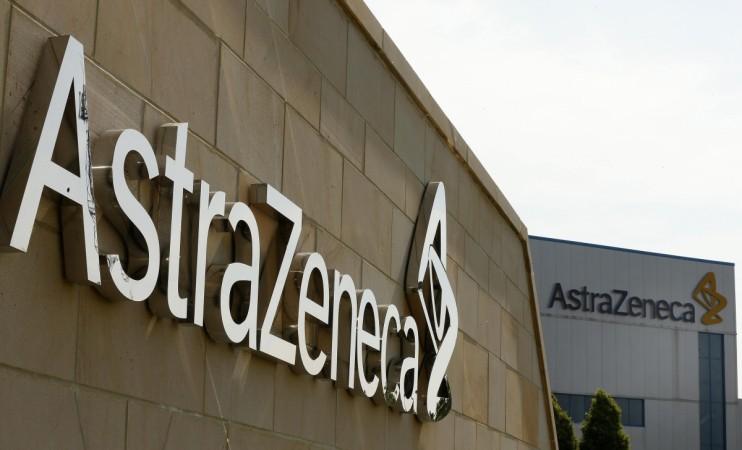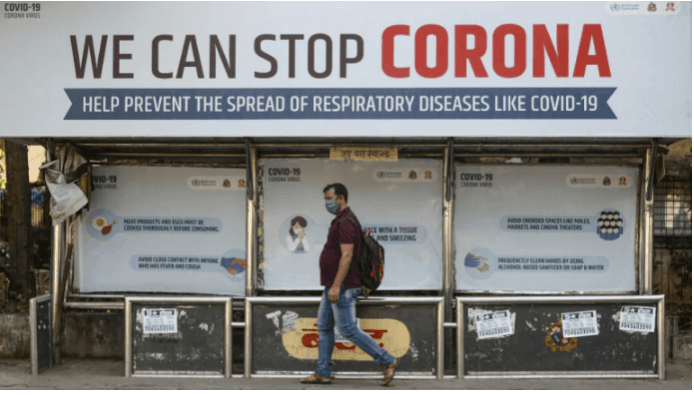More than 60.05 million people have been infected by the novel coronavirus globally and 1.4 million have died in more than 210 countries and territories since the first cases were detected in China last December. Almost a year later, while the world is desperately awaiting the arrival of a safe and effective vaccine that could kill the contagious virus, Astrazeneca's manufacturing defect has come as an unexpected setback.
The cheap, easy-to-make coronavirus vaccine, whose preliminary results held more promise, both medically and for markets like India, along with the trials of the Oxford University have acknowledged a manufacturing error which has raised questions about preliminary results of their experimental Covid-19 vaccine. In a statement on late Wednesday, Oxford University said some of the vials used in the trial didn't have the right concentration of vaccine so some volunteers got a half dose.
A statement describing the error came days after the company and the university described the shots as "highly effective" and made no mention of why some study participants didn't receive as much vaccine in the first of two shots as expected. In a surprise, the group of volunteers that got a lower dose seemed to be much better protected than the volunteers who got two full doses.

Doubts over vaccine's efficacy
AstraZeneca was the third company this month to report encouraging early results on a coronavirus vaccine candidate. At first glance on Monday morning, the results looked promising. Depending on the strength at which the doses were given, the vaccine appeared to be either 90 per cent or 62 per cent effective. The average efficacy, the developers said, was 70 per cent.
Almost immediately, though, there were doubts about the data.
According to New York Times report, the regimen that appeared to be 90 percent effective was based on participants receiving a half dose of the vaccine followed a month later by a full dose; the less effective version involved a pair of full doses. AstraZeneca disclosed in its initial announcement that fewer than 2,800 participants received the smaller dosing regimen, compared with nearly 8,900 participants who received two full doses.

The biggest questions were, why was there such a large variation in the effectiveness of the vaccine at different doses, and why did a smaller dose appear to produce much better results? AstraZeneca and Oxford researchers said they did not know.
Meanwhile, the university said that it has discussed the problem with regulators, and agreed to complete the late-stage trial with two groups.
In addition, none of the people in the low-dose group were over 55 years old. Younger people tend to mount a stronger immune response than older people, which means that results did not reflect data from older people.
Why low doses were effective?
However, Oxford researchers still aren't certain why the low doses of vaccines are more effective. Sarah Gilbert, one of the Oxford scientists leading the research, said the answer is probably related to providing exactly the right amount of vaccine to trigger the best immune response.
Details of the trial results will be published in medical journals and provided to U.K. regulators so they can decide whether to authorize the distribution of the vaccine. Those reports will include a detailed breakdown that includes demographic and other information about who got sick in each group, and give a more complete picture of how effective the vaccine is.

India, developing countries had high hopes
Serum Institute of India's talks with AstraZeneca over distributing the Covid-19 drug in India first and then to any other country in the region had raised the hopes that the government is now preparing their distribution plans.
An important aspect of this vaccine was that it would have been easier for developing countries like India to purchase, store and distribute it. While the Pfizer and Moderna vaccines, need deep freezers at -70 degree Celsius and -20 degree Celsius respectively, the storage requirement of AZD1222 vaccine is 2-8 degree Celsius. India has enough capability to store and distribute the vaccine at this temperature range compared to the Pfizer and Moderna vaccines.

Also, the AstraZeneca-Oxford vaccine is much cheaper than its competitors. It pledges not to make profit on the vaccine during a pandemic. While it has kept its cost at about $2.5 a dose, Pfizer vaccine costs about $20 a dose and Moderna vaccine even costlier at $25 a dose. The vaccine would have been easily available to people of countries with a large population.
Not least, AstraZeneca also said that the vaccine had no serious side-effects apart from common side-effects such as tenderness, mild-to-moderate headache, fatigue, chills, feverishness, malaise and muscle ache that are also observed after a temporary injection pain. As of now, it is up to the government to decide whether it would still go ahead with the purchase or depend on Bharat Biotech International Limited's COVAXIN that has already reached phase 3 trials in Gujarat.

















